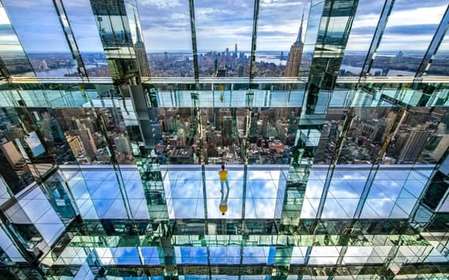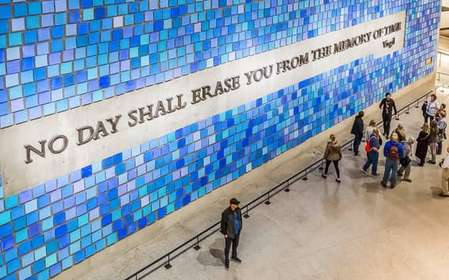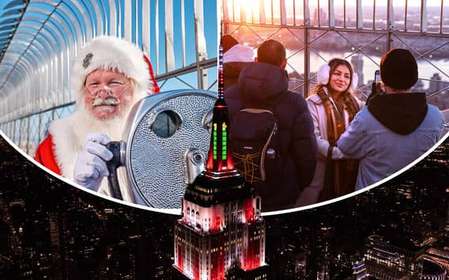- Home
- Useful Tips
- Essential items to bring for a...
Winter museum hopping in New York presents unique challenges that can turn cultural enrichment into a stressful chore if unprepared. Over 65% of winter visitors report abandoning planned museum tours due to inadequate clothing or bag-check delays, while 78% waste precious vacation time doubling back to hotels for forgotten items. The constant transition between freezing streets and overheated galleries creates a dressing dilemma most travelers aren't equipped to solve. Meanwhile, strict bag policies at institutions like MoMA and the Met leave many scrambling to check oversized winter gear. These logistical hurdles distract from what really matters – experiencing world-class collections without battling discomfort or wasting half your day in security lines.


The layering strategy locals use for museum-hopping comfort
New Yorkers know the golden rule of winter museum visits: dress like an onion. Start with a moisture-wicking base layer – silk or merino wool works best – to regulate body temperature when moving between frigid outdoor queues and tropical gallery climates. The mid-layer should be easily removable; a lightweight down vest or cashmere sweater provides warmth without bulk. Top it all with a windproof but packable outer shell that can fold into your bag. Many visitors make the mistake of wearing thick sweaters that leave them sweating in 72°F museum interiors, then shivering when they exit. The trick is choosing layers thin enough to carry comfortably but warm enough for extended outdoor waits. Locals always keep gloves and a beanie in their coat pockets – these small items make all the difference when waiting in line but take up minimal space once indoors.
The perfect museum bag: What passes security in seconds
Nothing slows down a museum day like bag check drama. While most New York museums allow small backpacks, the unspoken size limit is 11x15 inches – roughly a standard sheet of paper. Opt for a slim crossbody bag with multiple compartments to organize essentials without bulk. Clear material is ideal (many Broadway theaters require this, so it's doubly useful) but not mandatory for museums. Savvy visitors use packing cubes even in small bags: one for electronics, one for snacks, and a flat pouch for folded layers. The Whitney and Guggenheim are particularly strict about umbrellas, so pack a compact travel model or plan to check it. Pro tip: Keep your bag's contents visible when approaching security – opening it before asked often earns you a faster pass-through from guards.
Footwear that survives museum marathons without freezing
The perfect winter museum shoe is a holy grail search – it must be warm enough for snowy sidewalks yet comfortable for 8+ hours of standing, with soles grippy enough for polished gallery floors. New York museum veterans swear by waterproof Chelsea boots with thermal insoles, offering both style and function. For those planning extensive gallery time, consider bringing ultra-light foldable flats or museum shoes (yes, that's a thing) in your bag. The Met's marble floors are notoriously punishing, while the American Museum of Natural History's exhibits require miles of walking. Whatever you choose, apply waterproofing spray beforehand – salt stains from NYC sidewalks ruin more shoes than snow ever could. Keep adhesive toe warmers in your bag as emergency backups; they're lifesavers during long waits for popular exhibits like the Museum of Modern Art's Van Gogh rotations.
Timing tricks to avoid crowds and maximize enjoyment
Winter offers unique opportunities to experience New York's museums at their best – if you know when to go. While most guidebooks suggest early mornings, locals target 'shoulder hours' between 1-3 PM when school groups leave and before the after-work crowd arrives. Thursday evenings are magic at the Met (open until 9 PM), with 40% fewer visitors than weekend days. For the Museum of Natural History, arrive at 3:30 PM to catch the less-crowded final planetarium show. Many visitors don't realize most museums have heated indoor queues – the Guggenheim's spiral ramp provides full shelter from the moment you enter. Download museum apps before your visit to check real-time crowd data; several now show gallery capacity indicators. Those purchasing tickets in advance should look for bundled evening entry options – you'll get twilight views of the city skyline from museum terraces without braving morning cold.



